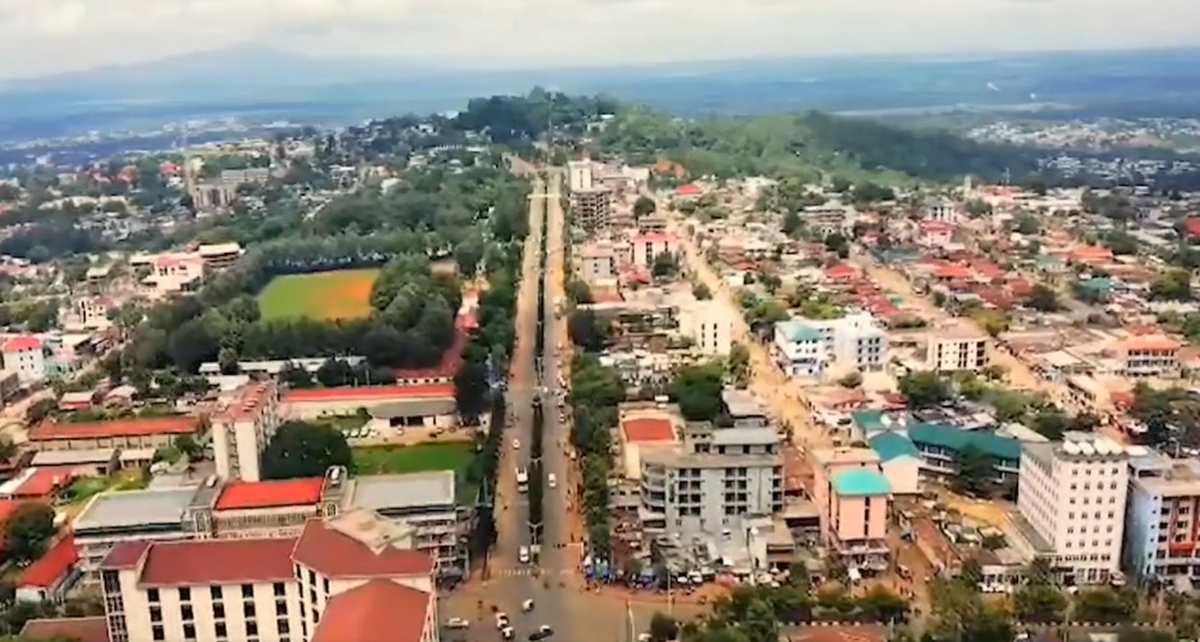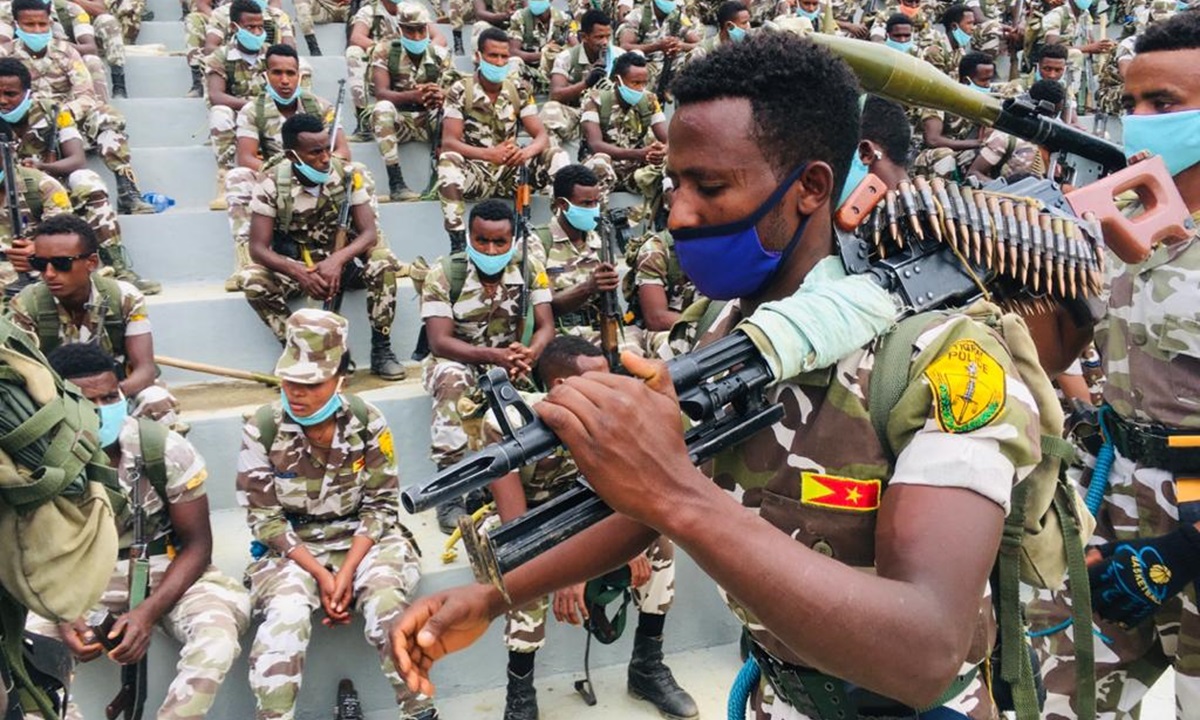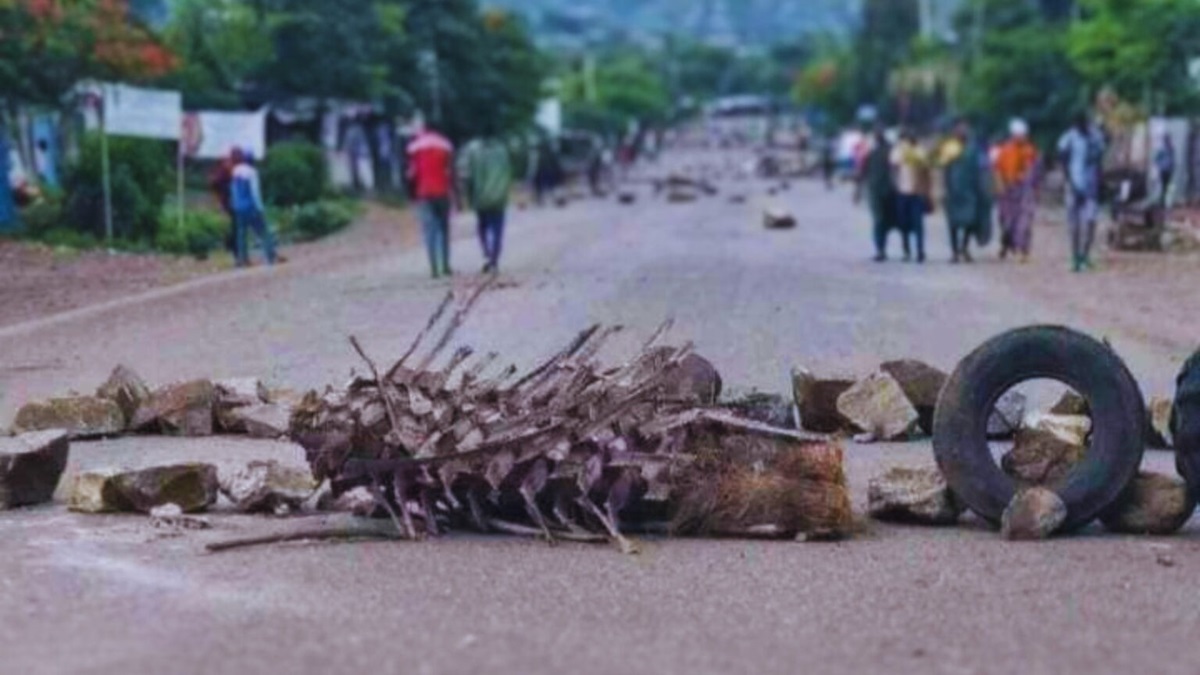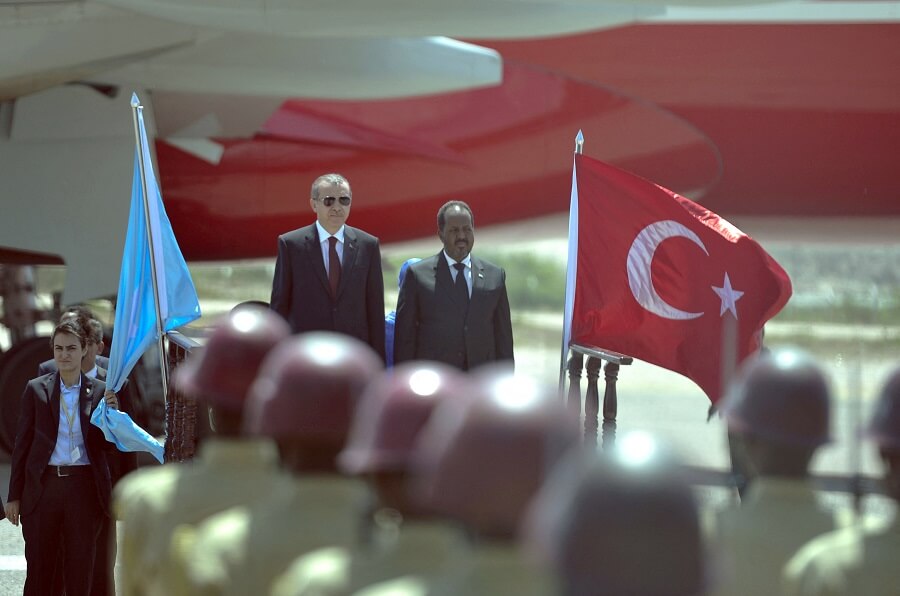News: Despite improvement, isolated forced displacement of Tigrayans continue after Pretoria deal: Rights Commission
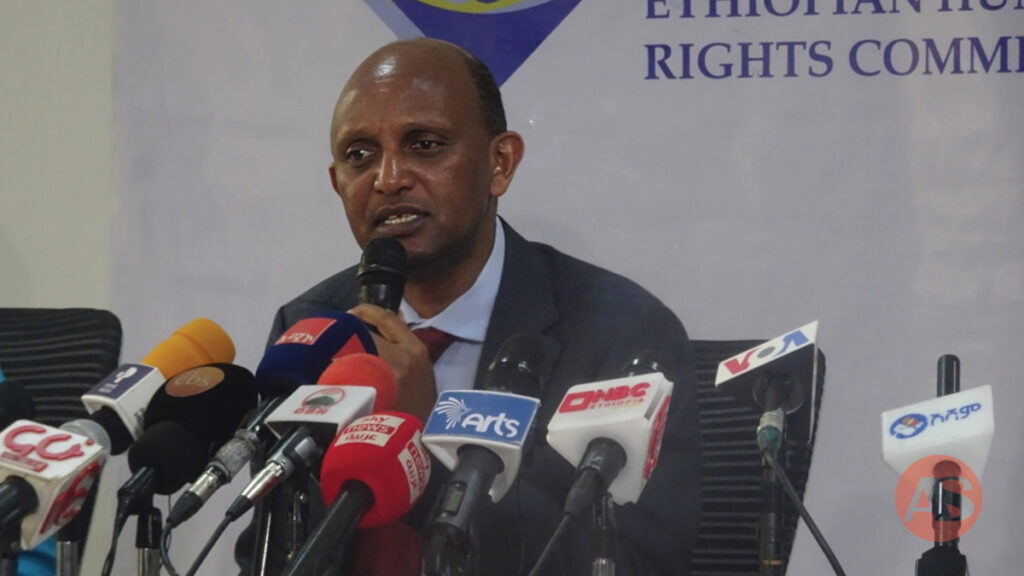
Addis Abeba – The Ethiopian Human Rights Commission (EHRC) has released a report that underscores the persisting challenges present in the Tigray region.
The report indicates that despite a noticeable decline in widespread forced displacement following the Pretoria Cessation of Hostilities Agreement (CoHA) signed in November 2022, isolated incidents persist, exacerbating grave human rights violations.
Today, the Commission released a 40-page report subsequent to its evaluation of the prevailing human rights conditions across the five zones of the Tigray region from 7-30 July, 2023.
The findings of the report emphasize a substantial decrease in mass forced displacement subsequent to the Pretoria Peace Agreement. Nevertheless, reports persist of isolated incidents, particularly from territories under the control of Amhara and Eritrean forces.
Regional authorities have documented a troubling influx of 12,000 new internally displaced persons (IDPs) in February 2024, signaling enduring challenges in select areas.
The Commission stresses the imperative of conducting additional investigations into reports of ethnically targeted arbitrary detentions, threats, and harassment in regions outside the control of the interim administration. This underscores the essential requirement for the involvement of federal authorities, according to EHRC.
The report highlights ongoing isolated incidents of attacks, looting, and enforced disappearances targeting ethnic Tigrayan civilians in the North-Western, Western, and Southern zones that are presently under the control of Amhara and Eritrean forces.
Despite the CoHA, the Commission emphasized that internally displaced persons (IDPs) who have returned to their homes within areas under the control of Amhara forces encountered renewed challenges.
These challenges include arbitrary detention, threats, and harassment, thereby highlighting the intricate nature of the prevailing security situation.
Last month, Addis Standard reported that approximately 7,000 internally displaced people (IDPs) from Western and North Western Tigray, areas presently under the control of Amhara Forces, sought refuge in Endabaguna town, near Shire, in just one month alone.
A coordinator, who opted to remain anonymous, overseeing operations at the two IDP sites in Endabaguna, informed Addis Standard that new displacements and arrivals have been documented since December 10, 2023, until recent days.
The EHRC additionally reports receiving information regarding the distribution of flyers in Alamata town, cautioning ethnic Tigrayan residents to evacuate promptly or confront repercussions. Despite being unable to physically access Alamata, the EHRC verified the dissemination of these flyers and subsequent urgent notifications.
Subsequent investigations revealed that municipal authorities disclaimed responsibility for the distribution of the flyers, thus leaving the source undisclosed.
In the North-Western Zone, authorities communicated to the EHRC regarding allegations encompassing looting, detention, abduction, and, in some instances, fatalities attributed to Eritrean forces against local residents, resulting in the displacement of certain individuals. Nonetheless, the Commission encountered limitations in verifying these allegations.
During the monitoring period, authorities of the Tigray Interim Administration in the South-Eastern and Central zones reported no fresh occurrences of mass displacement subsequent to the signing of the Pretoria Peace Agreement, a development highlighted by the EHRC as significant progress.
The United Nations estimates that over one million people remain internally displaced as a result of the Tigray war currently, seeking shelter in IDP camps throughout the region. AS


